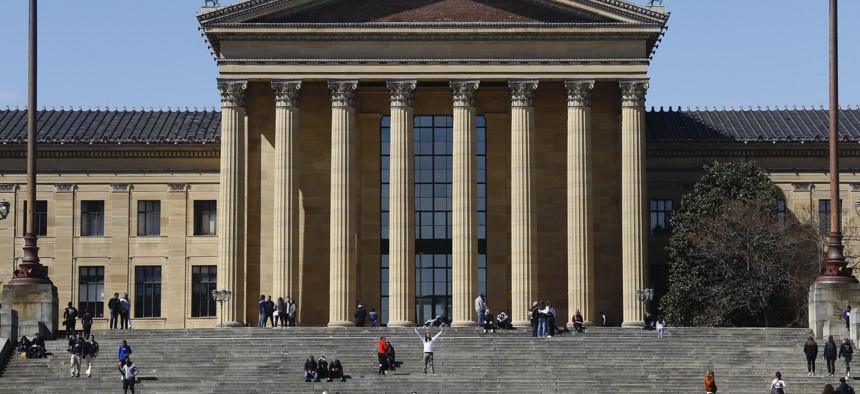Museums, Cultural Institutions Cut Jobs Despite PPP Loans, Report Finds

More than 14,400 employees were laid off from 288 institutions that received federal loans meant to help preserve jobs, according to a public service employees union.
Art and history museums, zoos and other cultural institutions received billions in federal coronavirus relief in the form of Paycheck Protection Program loans. But a new report finds many of those institutions laid off thousands of workers despite the aid.
Around 7,500 cultural institutions received a total of $1.6 billion in PPP loans, but about half of that money ($771 million) went to just 228 recipients, according to a report by the American Federation of State, County and Municipal Employees Cultural Workers United. The 288 institutions that the AFSCME report analyzed collectively laid off more than 14,400 employees—or at least 28% of their workforce.
PPP loans, which were handed out March 2020 through May 2021, are forgivable. But recipients must meet certain terms, such as maintaining their employee and compensation levels for the duration of the loan, and spending at least 60% of the money on payroll costs.
Some institutions laid off employees before they applied for loans, or after they used the loans, the report states.
Boston’s Museum of Science had 642 employees before the pandemic, a factor that would have made it ineligible for a loan as applicants were required to have 500 employees or less. But between April 2020 and October 2020, the museum laid off 309 employees and its workforce was reduced to 333 people, the report states. After the cuts, the museum received a $4.7 million PPP loan in April 2021.
Similarly, the Carnegie Museums of Pittsburgh went from 1,003 employees before the pandemic to 500 employees, according to the report. The museum was approved for a $5.8 million PPP loan in April 2021.
Carnegie disputes the report's accounting of job losses. Spokeswoman Betsy Momich said the museums furloughed staff when the museums closed in the spring of 2020 but were able to bring back most workers and currently employ 900 people.
The arts and entertainment industries were among the hardest hit by the pandemic, with upwards of 3 million creative jobs lost when concert halls, theaters and other venues were forced to shut their doors.
PPP loans provided one way to assist artists and cultural institutions, but they had to vie against restaurants and other businesses for the money. Congress later approved the Shuttered Venue Operator Grant program, which made another $16 billion in aid available to nonprofits, independent concert halls and other arts and culture-focused businesses.
The AFSCME report is critical of the way PPP money was divvied out to larger institutions that have a larger network of financial support than smaller institutions. Many larger cultural organizations that received PPP loans had big budgets and access to donors and other financial resources, the report states. Some ended 2020 with operating surpluses.
“Through their massive endowments and dependence on wealthy donors, these large institutions already had the financial resources to withstand the pandemic-related shutdowns that many of their smaller counterparts lacked,” the report states.
To prevent similar issues in the future, the report recommends that accountability measures in federal programs be strengthened to require museums and cultural institutions to demonstrate how money was used to preserve jobs. Cultural institutions should also be required to publicly report how they spent loans and grants issued through taxpayer-funded programs like PPP and the SVOG, the report recommends.
Andrea Noble is a staff correspondent with Route Fifty.
NEXT STORY: Small States Cry Foul on Federal Rental Relief Redistribution





